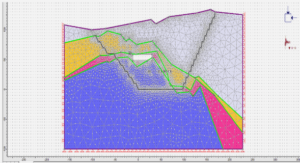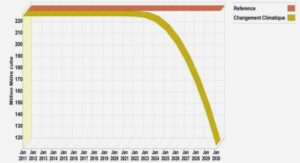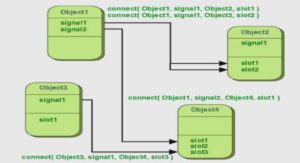Semisolid metal (SSM) processing is one of the most important and promising processing in current industry. SSM processing is first proposed by Flemings and his co-workers at MIT in the early 1970s[1].
Characteristic of semisolid processing
This processing is mainly based on the unique intermediate state between solid and liquid state, which is termed semisolid state. This state contains both solid phase and liquid phase, in which non-dendritic (or spheroidal) solid particles are dispersed in the liquid matrix. The unique microstructures gives semisolid billets distinctive rheological properties : in the steady state, the semisolid billet exhibits pseudoplastic behaviour, while in the transient state it shows thixotropic behaviour[2, 3]. The semisolid billets produced by rheocasting process can stand as a solid on its own weight; while under the application of shear force, it can be easily sliced and will flow like a liquid due to the instant viscosity drop.
Semisolid casting involved in SSM processing is quite different from the conventional die casting. For semisolid formed components, the microstructures consist of fine globular grains in a matrix of solidified liquid phase. This is distinct from a dendritic microstructure, which is typical for conventional casting. In semisolid forming process, by controlling the injection process gas entrapment can be avoid during die filling process. In other words, flow of semisolid slurries is laminar flow rather than turbulent flow. While in conventional die casting gas entrapment can occur due to turbulent flow of liquid alloys. Compared to the conventional die casting, the advantages of semisolid casting can be summarized as the following:
◆ More energy efficient due to less heat content of the billets than that of the superheated liquid melt in conventional die casting .
◆ Finer and much uniform microstructures, leading to enhanced mechanical properties
◆ Smooth filling of the die, avoiding gas entrapment and shrinkage porosity
◆ Less thermal shock to the die, resulting in longer die life[5] .
Mechanism of microstructure evolution in semisolid processing
Dendritic microstructure is a typical microstructure in conventional casting processing, while finer globular grains in liquid matrix is a dominant microstructure in SSM processing. Therefore, since the SSM processing occurred, a number of researchers were dedicated to find out the conversion mechanisms from dendritic to globular morphology. Mechanisms for the transformation of dendrites to non-dendritic spherical morphology is vital important in semisolid processing, leading to comprehensive understanding of SSM processing.
The dominant mechanisms include dendrite arm fragmentation, dendrite arm root remelting and growth control mechanisms. However, the most accurate mechanism for the transformation of dendrites to the spherical morphology is still not identified[6].
All the mechanisms mentioned above involve the disintegration of dendritic structure during solidification to form the globular structure. With more research in the SSM processing field, it is believed that globularization can be achieved either by mechanical fragmentation of dendritic structure or by creating multiple nucleations to obtain spherical primary phase particles directly. Compared to the mechanical fragmentation mechanism, generating multiple nucleations shortens the processing time and obtains better globular morphology, making it much preferred.
CHAPTER 1 INTRODUCTION |




